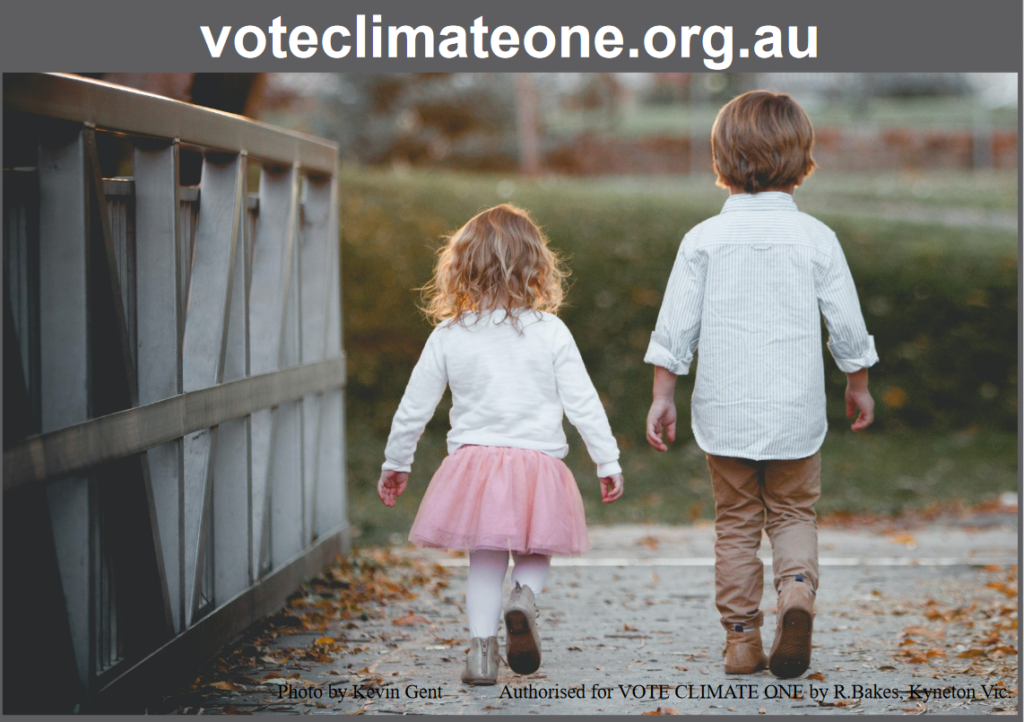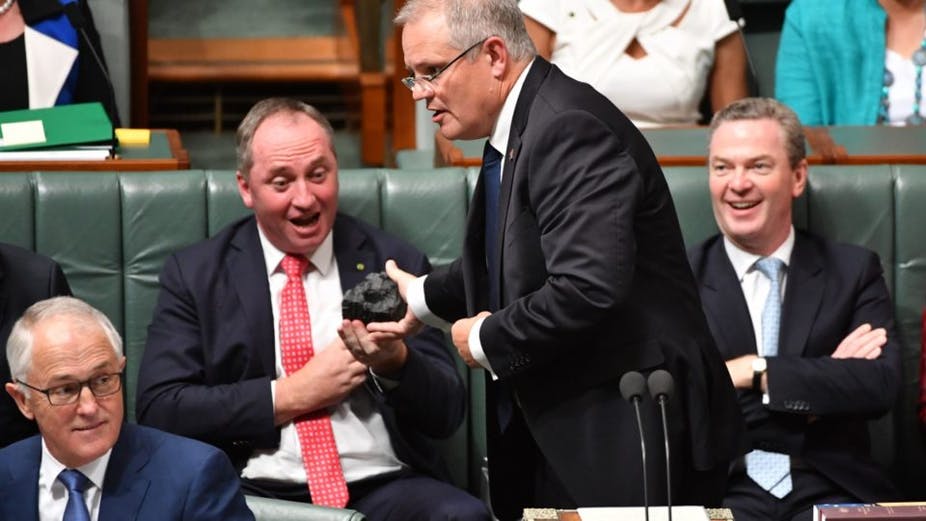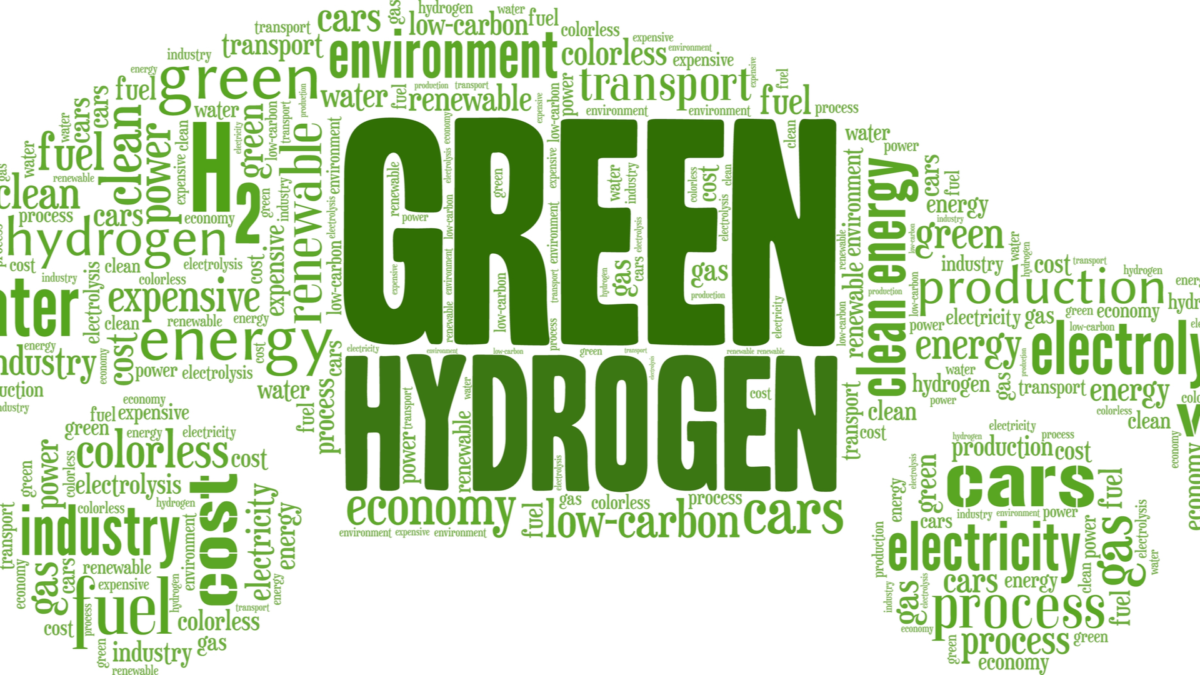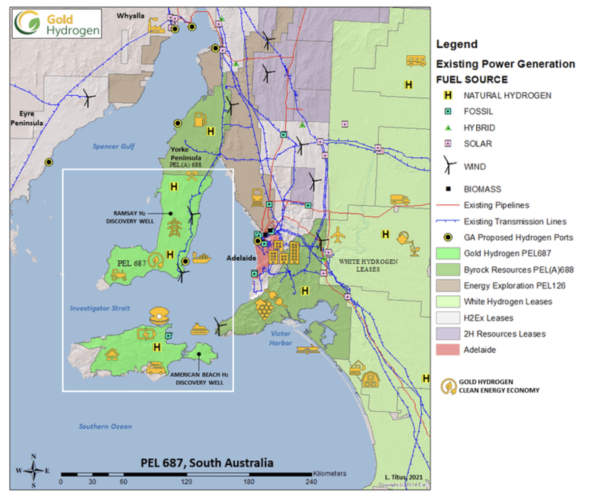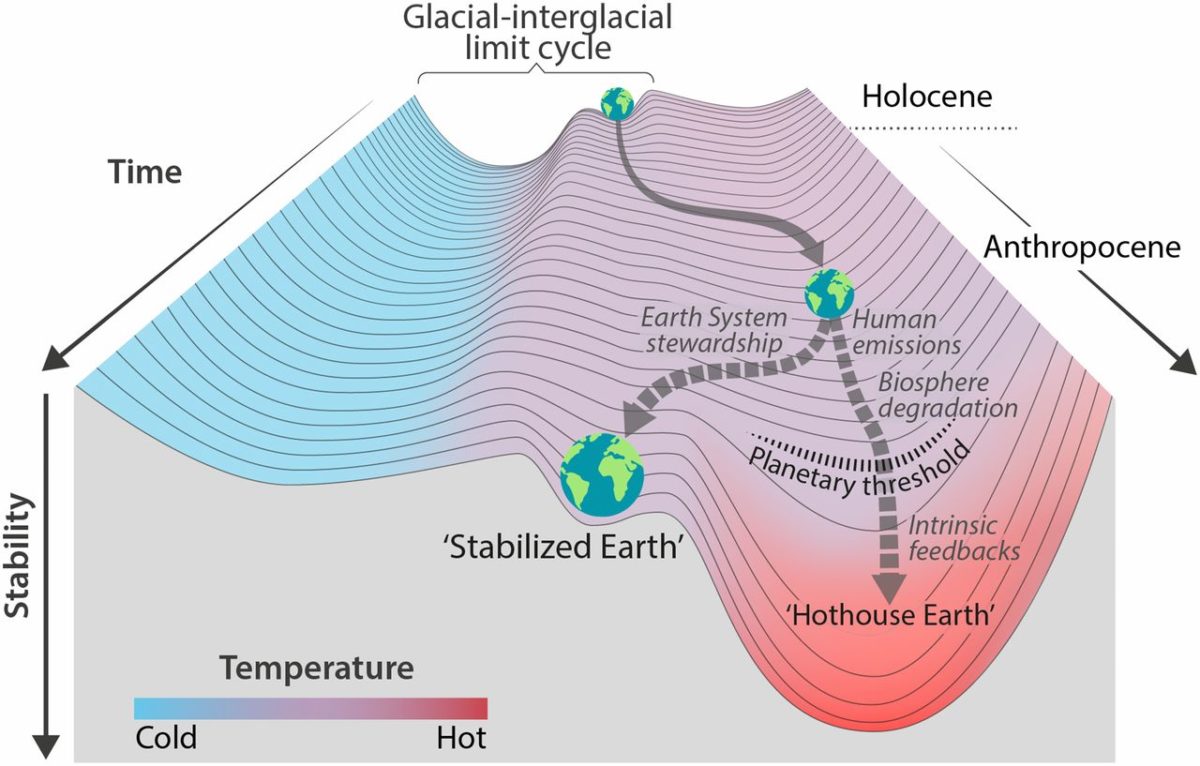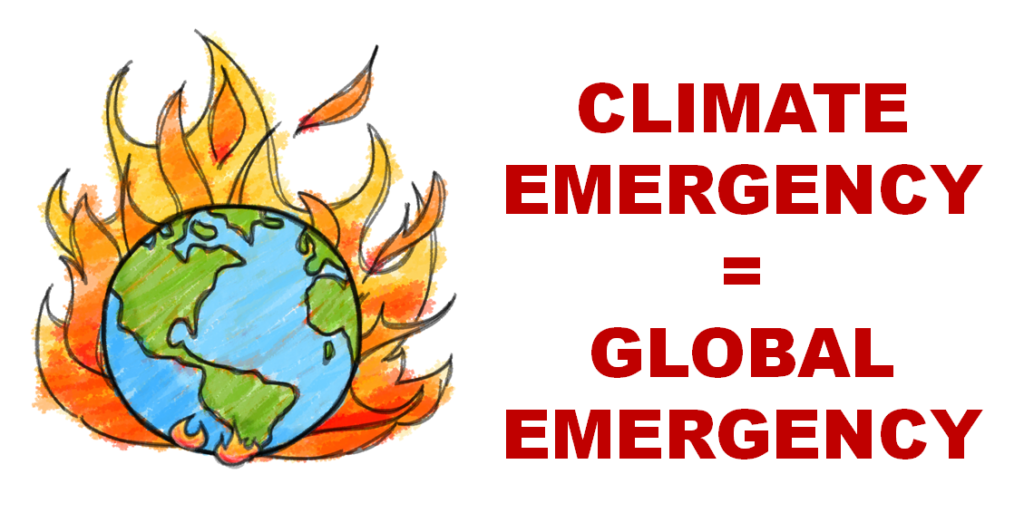Capt. Humbug is beseiged — even ignoring what really matters
Global warming threatens human survival. Scotty from Marketing does nothing to help mobilize climate action but everything to stop it….
Katharine Murphy’s list of political liabilities Scotty from Marketing is trying make disappear with blather, smoke and mirrors, and endless humbug is already awesome – even without Blarney Bulldust’s apparently heart-felt honesty as expressed to Brittany Higgins last year when on the back-bench.
And, all of this is before considering how Capt. Humbug has so honestly [not] responded to help Australians deal with/mitigate the accelerating growth of the existential global climate emergency driven by global warming. Humbug’s solution is the make the whole problem invisible in a cloud of smoke and fairy dust so that the COALition’s patrons in the fossil fuel and related industries have not been shut down by the time the electorate fully wakes up to oncoming catastrophic collapse of human civilization on the way to extinction.

Frustrated, frazzled and under siege – Scott Morrison’s faith in himself takes a hit: The prime minister may be bruised and showing hints of self-pity, but his supporters still believe he can win – and so does he
by Katharine Murphy, 05/02/2022
in The Guardian
Scott Morrison doesn’t have to imagine the things that could cost him government in a few months’ time. Chaos and animus closed in this week.
New South Wales – the division supposed to deliver the Coalition its fourth federal term – made a big show of resisting Morrison’s urgent electoral imperatives, and the brinkmanship of his proxies intent on shoring up their own preselections. Morrison needed tranquility, and the state division of the Liberal party obliged him by roiling.
The bushfire in the Coalition’s base also burned through to Canberra. Protesters opposed to vaccine mandates – Australians who feel economically and culturally dispossessed by the creep of government during pandemic – spilled up the forecourt of Parliament House. There were sovereign citizens, anti-vaxxers, doomsday preppers, Trumpers and enraged owner-drivers, yes; but also grey nomads with packed lunches, Thermos flasks and sunsmart hats. …
…
Morrison on Tuesday was sorry, not sorry – sorry enough to soften the edges of prime ministerial arrogance, but not sorry enough to accept any serious liability. He was sorry he was too optimistic before the summer. He had got people’s hopes up, and Omicron had dashed them. He was sorry he hadn’t sent in the army sooner to correct the infamous vaccine “strollout”.
Read the full story….
Following on from Tony Abbott’s almost religious commitment to denying climate science, Scotty’s marketing backed up by his troop of puppets, buffoons, and knaves in Parliament have been for years almost totally successful in blocking any effective action against the climate emergency. This has been achieved through a rich mix of humbug, denial, lying, misrepresentation, blocking, delaying, and distracting smoke and mirrors.
If our children and grandchildren are to have any hope of surviving into the future, we have to remove the humbug troop from Parliament and replace them with sensible people who can be trusted to put action against the climate emergency at the top of their priority lists if elected. Vote Climate One’s, Traffic Light Voting System is designed to help you rank your preferences to do this, without telling you who you should vote for. With a new Parliament focused on what needs to be done to protect our burning house, we might be able to offer our families a viable future in a still functional biosphere.
